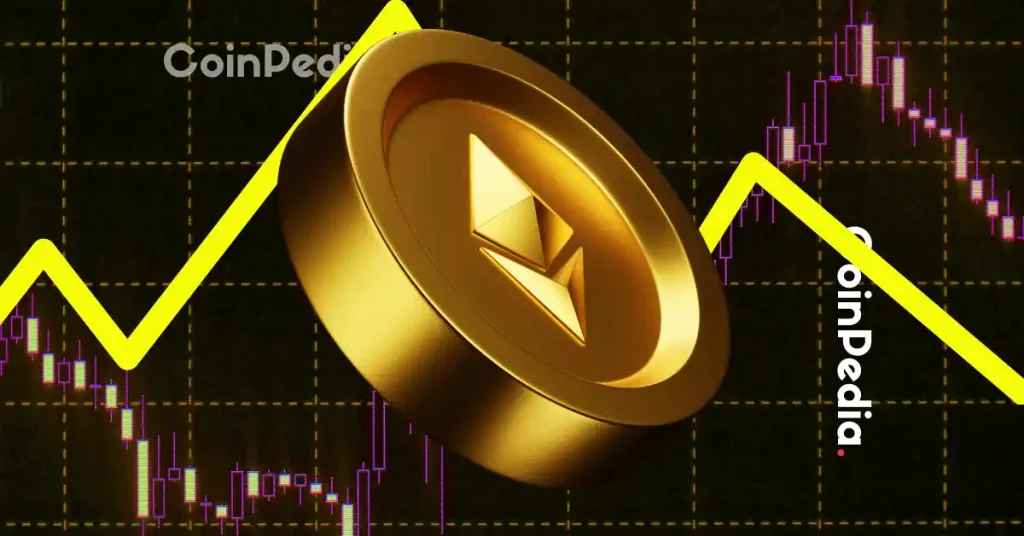
The post U-Turn In FED’s Hawkish Stance Toward Rate Hikes? Here’s What You Should Know appeared first on Coinpedia Fintech News
Risk assets like cryptocurrencies have recently gained immense traction. This is due to the rising expectations that the Federal Reserve may change course and abandon its plan to raise interest rates from December, thus ending the so-called ‘liquidity tightening’ earlier than anticipated.
However, major investment banks feel that the Fed may keep hiking rates at the current level and that switching to smaller rate increases would not necessarily mean that the liquidity tightening process would end.
Risk assets have been in constant turmoil this year as a result of the Fed’s 300 basis point (bps) increase in borrowing costs. The central bank is anticipated to announce the new rate increase today, and shall probably heighten the borrowing cost to a range between 3.75% and 4%. In addition, it might indicate a reduction to a 50 bps increase in December.
However, some might argue that the markets have gotten ahead of themselves. According to the futures linked to the Fed funds rate, traders anticipate the rate hike cycle will peak at roughly 4.8%, down from the terminal rate of 5% price two weeks ago. While the dollar index has fallen by more than 2% in the past two weeks, Bitcoin has increased by 10%.
The core PCE, the Fed’s preferred measure of inflation, increased by 0.5% month over month in September, the same as it did in August, according to statistics released on Friday, bringing the annual increase to 5.1%. Additionally, the cost of employment is still rising at a rate that is twice what it has been during the last 15 years.
Longer rate increases by the Fed at a slower rate might push borrowing prices well over the terminal rate of 4.8% that is anticipated by the markets.
In a recent note to clients, Bank of America’s analysts provided their thoughts:
“Next week, the Fed will emphasize the importance of data. Before the [December] meeting, they will receive two more NFP and CPI prints; if they continue on their current trajectory, another 75 bps is likely; otherwise, a deceleration to 50 bps is feasible.” “Slower doesn’t mean lower,” despite the market’s strong desire for a shift.
“The Fed won’t stop raising rates until the data indicate it. While U3 unemployment is near cycle lows, Core CPI is at cycle highs. Corporations tell us that hiring is their biggest challenge. The United States and China are apart. The cost of capital is increasing. Food and energy are getting harder to come by. The threat of inflation appears widespread and entrenched. Expectations for inflation in the near term have increased. The work of the Fed is not done,” said the strategists.
In the weekly report, the credit research team at Barclays expressed a similar viewpoint, arguing that a probable tilt in favour of lower rate increases wouldn’t constitute a truly dovish turn.
“Before making a significant move, the Fed must observe a turn in inflation and weakening labor market conditions. As a result, we believe it will probably still be optional in December, which limits the [U.S. dollar’s] potential downside and raises the possibility of a broad dollar recovery this week.”
A dollar resurgence will negatively impact risky assets like cryptocurrencies as Bitcoin typically moves the opposite way from the dollar.
“If the Fed does slow the pace of hikes in December, it does not necessarily mean as well that the total amount of tightening delivered in the current tightening cycle will be less, although that will be the initial assumption,” currency analyst Lee Hardman of MUFG Bank wrote in a client note on Tuesday.
Hardman continued, “It’s possible that the Fed lowers the rate of raises but ultimately hikes for longer.

 2 years ago
109
2 years ago
109













 English (US) ·
English (US) ·